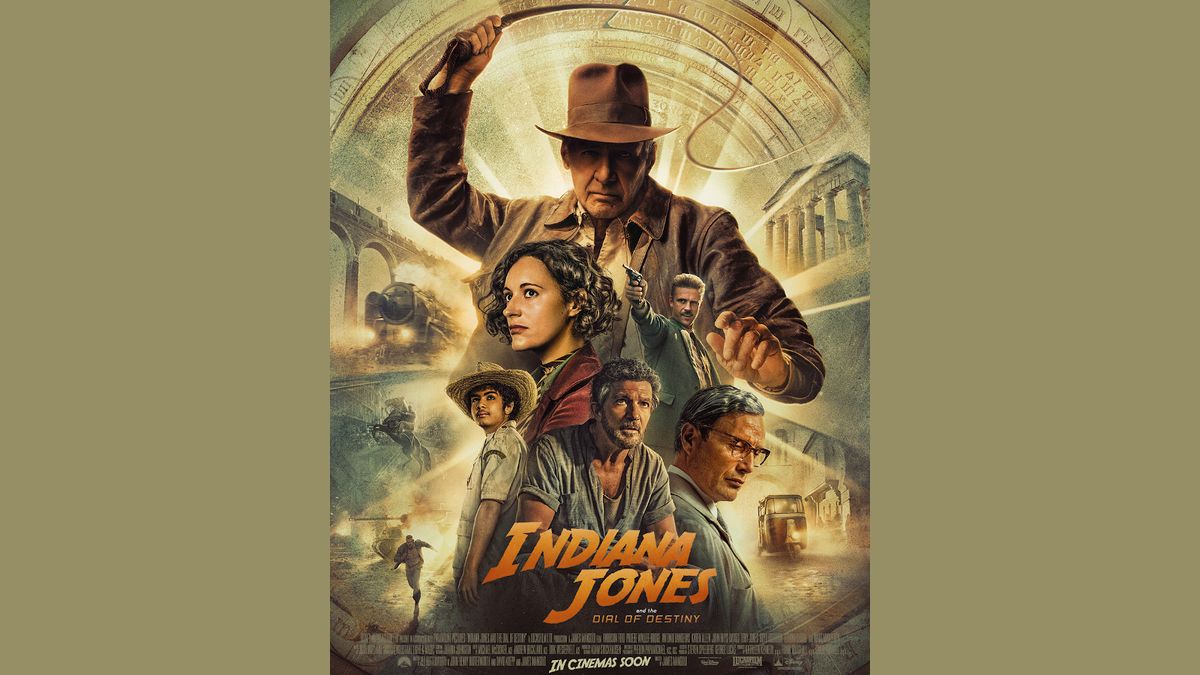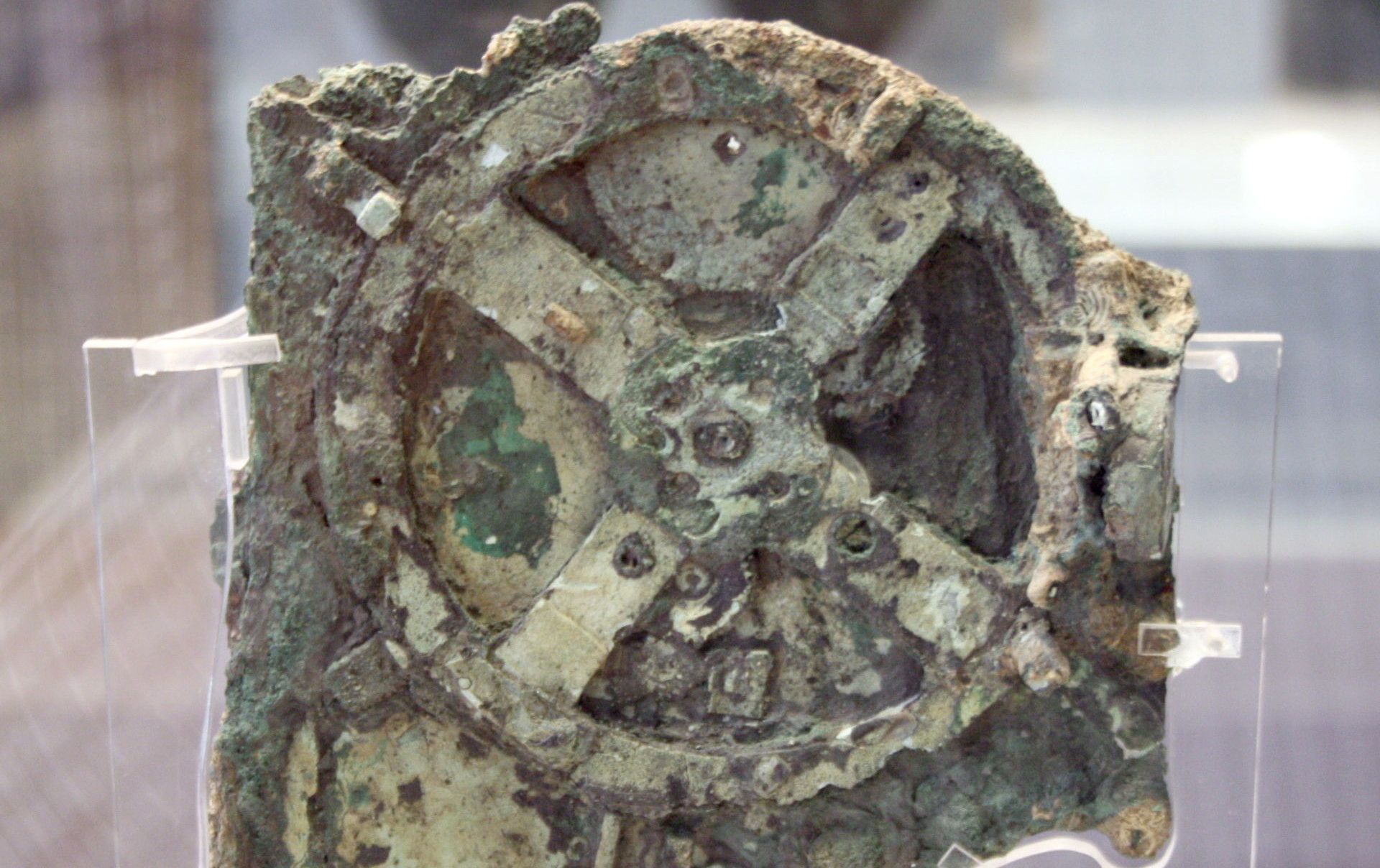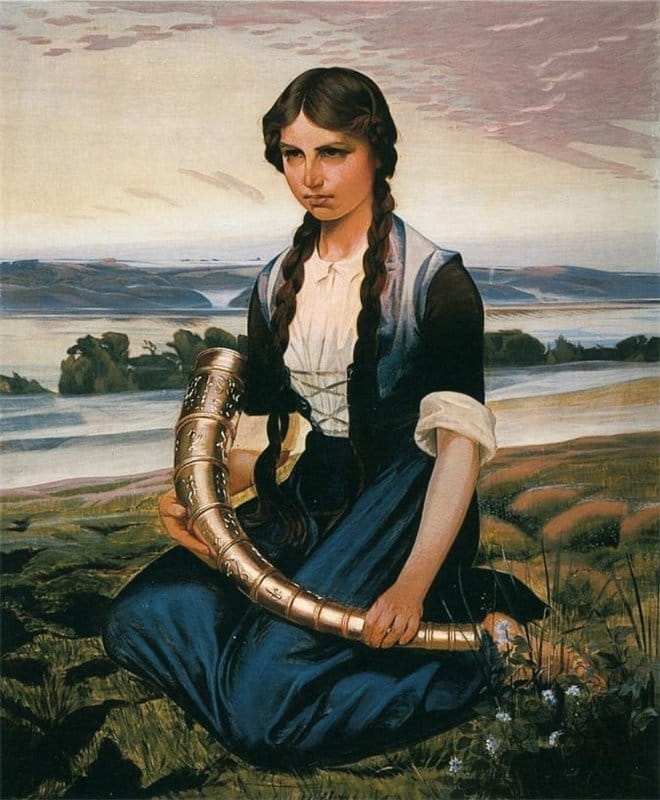Indiana Jones and the Dial of Destiny: My spoiler-free, historical context review.
The fifth Indiana Jones film isn't perfect, but it has a lot to commend it.

Yesterday I saw the fifth (and final) film in the Indiana Jones franchise, Indiana Jones and the Dial of Destiny. As you may know, I'm a big Indiana Jones fan, and the classic films--especially Last Crusade in 1989--were part of what inspired me to become a historian in the first place. As a fan, and a historian, I think I'm qualified to review the newest film both from the standpoint of popular entertainment, as well as history. If you haven't seen it, my goal here is to say something substantive about the picture without spoiling it as much as possible. If you're looking for the bottom line first, here it is: Dial of Destiny is a lot of fun, definitely worth seeing, even if you're a hard-core devotee of the original 1980s films and skeptical about a new one coming so many years later.
Here's what I can tell you about it without spoiling key surprises. Dial of Destiny begins at the tail end of World War II, involving the retreating Nazis trying to steal a bunch of historical and archaeological loot from under the bombs of the Allies, with Indiana Jones in the mix predictably trying to stop them. After the introduction of the film's main MacGuffin, the fascinating ancient Greek artifact known as the Antikythera Mechanism, the action jumps to 1969, when Indiana Jones, now very old and retired, is finally being put out to pasture. Naturally somebody from his past shows up, looking for what he knows about the mechanism (the "Dial of Destiny" of the title), and that ignites a new globetrotting adventure which takes place on the streets of New York and then in various exotic locales around the Mediterranean.
I think the main question about Dial of Destiny is, is it better than Indiana Jones and the Crystal Skull from 2008? Unequivocally, yes. Yesterday on social media I heard someone describe Crystal Skull as "Indiana Jones fanfic," whereas Dial of Destiny is a real, genuinely inspired entry into the series, rather than simply trying to capitalize on the popularity and the cultural cachet of the original 1980s adventures. Crystal Skull went through the motions of traditional Indiana Jones set-pieces without really connecting them to any kind of compelling story or characters that the audience is invited to care about. Dial of Destiny, by contrast, knows precisely why it chooses the tropes and set-pieces it uses--a motorcycle chase through a ticker-tape parade, a tuk-tuk chase through Tangier, a tense underwater sequence, an infiltration into a treacherous ancient tomb--and it connects these elements to developments in the story that are, though certainly not plausible, at least logical and well thought-out. In simpler terms, it's much better written. And it doesn't take the audience for granted.

The history and archaeology behind Dial of Destiny is predictably mangled and inaccurate, but that's par for the course for Indiana Jones films. In a way it's less bothersome here than in other installments of the series. The Antikythera Mechanism is not presented as "magic" in the same way that the Ark of the Covenant was in Raiders of the Lost Ark, and it's not the same sort of blank MacGuffin that the "Sankara stones" were in Temple of Doom. Indeed the characters in Dial of Destiny proclaim several times that the powers of the Antikythera Mechanism are based on science and mathematics--a claim not really borne out by what eventually happens, but at least they're acknowledging that the previous films went into some pretty far-fetched territory. I had a particular disdain for the "ancient aliens" crap in Crystal Skull, as that pseudohistorical theory is highly racist and was, in fact, injected into our culture by literal Nazis--by that I mean actual members of the German NSDAP between 1933 and 1945. Without spoiling anything about the new picture, let me just say that if you are entertained by seeing Nazis get the comeuppance that they so richly deserve, Dial of Destiny delivers that in spades.
Unlike the magic historical MacGuffins in all the previous pictures, the one this time, the Antikythera Mechanism, undoubtedly exists in the real world of today. It is a form of ancient computer--I mean that literally--and you can see it at the National Archaeological Museum in Athens, Greece. The film correctly states that it was rediscovered in modern times in an ancient Greek shipwreck that was explored off the island of Antikythera in 1901. The script takes some liberties in connecting the exact artifact to the ancient Greek scientist Archimedes, but many do believe that the mechanism had something to do with him. Don't take Dial of Destiny as an accurate representation of what this fascinating little gadget can do, but I like that the basis of the film is actually something real and something connected to real history.
There's also a gag in the film's opening minutes involving the Lance of Longinus, the infamous "Spear of Destiny," which Indiana Jones proclaims is a fake. That is literally true. The Lance of Longinus, which is today in the Hofburg Museum in Vienna, has long been erroneously thought to be an object of great holy power, said to have pierced the side of Christ at the crucifixion, but recent scientific analysis shows it was created in the Middle Ages. The Lance of Longinus gag is especially resonant in an Indiana Jones film because the occult/pseudohistorical trash book Spear of Destiny by Trevor Ravenscroft, published in 1972 and largely responsible for perpetuating the fiction that the Nazis were interested in occult religious artifacts, was a major inspiration for the original 1981 Raiders film.
What I especially liked about Dial of Destiny is that it deals honestly with the passage of time. Based as they are on movie adventure serials from the 1930s and '40s, the original films are stuck in that time period. Indiana Jones first appeared to moviegoing audiences in an adventure taking place in 1936. (Temple of Doom, taking place in 1935, is technically a prequel to Raiders of the Lost Ark). Yet times do change, and Dial of Destiny shows is an Indy past his prime, living in New York in 1969, in an era of hippies, rock music and the Moon landing. What place does an old-fashioned adventurer from the 1930s have in that world? Dial of Destiny doesn't gloss over the character's age or limitations, much as Crystal Skull did. Harrison Ford, who is 81, looks terrific for his age, but he's still 81. The film deals frankly with this in an unsentimental and non-patronizing way.
I was surprised that Indiana Jones and the Dial of Destiny was not directed by Steven Spielberg. The director is James Mangold. I did not know until yesterday that I had seen a James Mangold film before, but he directed Ford vs. Ferrari from 2019, which was enjoyable and exciting. The supporting cast is pretty good, with some favorites from the previous films--I won't spoil it by telling you which ones--popping up in cameo appearances. I especially liked newcomer Ethann Isidore, whose new character is something like Short Round for a new generation. The villain, played by Mads Mikkelsen, is also excellent. I should add that there are some sequences in which CGI is used to depict Harrison Ford as considerably younger during the World War II sequence, and it's the best example of "de-aging" CGI that I've seen to date. I recall a similar trick was tried in Martin Scorsese's The Irishman from four years ago, but with unconvincing results.
Is Dial of Destiny going to be a hit? I read it cost $300 million and grosses for its first weekend are disappointing. The movie business, though, has changed radically since the pandemic--this was the first time I had been to an actual theater since 2019--and opening-weekend grosses just aren't the bellwether of a film's success that they once were. I'm quite sure Dial of Destiny will do big business overseas and on streaming. I suspect my husband and I will probably watch it for a second time, at home, within the next couple of months.
It's not the best Indiana Jones film, and it can't measure up to at least the two good ones of the original trilogy, Raiders of the Lost Ark and Indiana Jones and the Last Crusade. But Dial of Destiny is absolutely worth watching and I think most fans will enjoy it.
The Value Proposition
Why should you be reading this blog, or receiving it as a newsletter? This is why.
☕ This is where I normally put my Ko-fi link. Don't buy me a coffee this week--order my new history book The 50 Most Important Things in History instead for the same price!
🎓 Like learning? Find out what courses I’m currently offering at my website.
📽 More the visual type? Here is my YouTube channel with tons of free history videos.



Comments ()